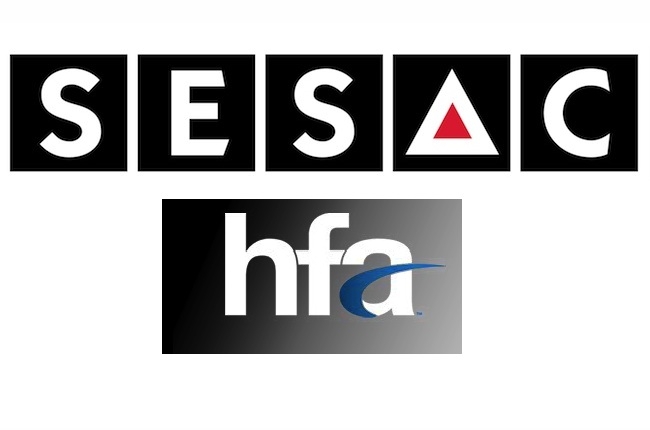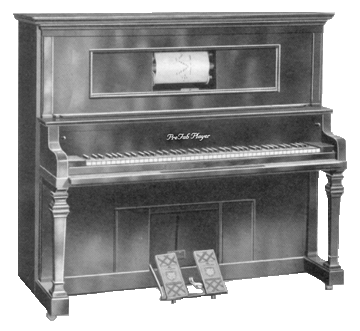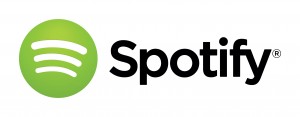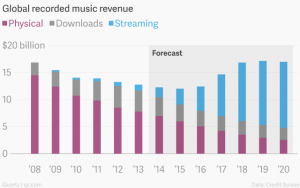 In an anticipated move, the performing rights organization SESAC announced that it had acquired mechanical licensing organization The Harry Fox Agency. SESAC will soon have the ability to license not only public performances but also mechanical licenses which, up until now, has been fragmented here in the United States. Many independent songwriters and composers may be unsure of the difference between mechanical licenses, public performance licenses, maybe even synchronization licenses. To kick off our Music Publishing 101 article series, I’ll explain what mechanical licenses are and why their historical function is giving way to new importance in today’s music industry.
In an anticipated move, the performing rights organization SESAC announced that it had acquired mechanical licensing organization The Harry Fox Agency. SESAC will soon have the ability to license not only public performances but also mechanical licenses which, up until now, has been fragmented here in the United States. Many independent songwriters and composers may be unsure of the difference between mechanical licenses, public performance licenses, maybe even synchronization licenses. To kick off our Music Publishing 101 article series, I’ll explain what mechanical licenses are and why their historical function is giving way to new importance in today’s music industry.
By definition, a mechanical license is:
…a license granted by the holder of the underlying musical work for another party to cover, reproduce, or sample specific parts of the original composition.
So what does that mean in practical terms? To understand, we have to first touch on a bit of copyright law. If you are a songwriter and you write a song, let’s say, on a guitar in your bedroom, writing down the chord progression, the lyrics, and perhaps the topline melody on some sheet music. I know, you probably recorded it into your workstation but for this example let’s stick with a cocktail napkin type song. At that moment of capturing your inspired creation, you own a song. And by “own” I mean you own a copyright to an original musical work that has entered this world. Since you are the copyright owner, you are now also the official publisher of the song in addition to being its composer/author. Welcome to the publishing world, you publishing mogul you! Okay, so according to copyright law a work is not legally deemed published until it has been distributed to the public but for this example you are still a publishing mogul!

As the owner of the song’s copyright, you have the right to issue a mechanical license to anyone wishing to perform and embody your song in a recording. [Yes, there are important copyright law issues regarding first-use versus compulsory but I’ll go down that giant rabbit hole in a future article on compulsory mechanical licensing. High excitement is sure to ensue. </sarcasm off>] So why is it called a mechanical license? The term goes back to the early days of music and player pianos. Player pianos are those upright pianos you may have seen in old films with the paper rolls scrolling a song which the piano replicates without a human player. The songs were being “mechanically” reproduced. Though this was the dawn of music publishing, the term has remained relevant all these years. After piano rolls, came acetate discs and vinyl records, then magnetic tape, both 8-track (this kind, not this kind) and cassette, and then into CDs. In all these various recorded music forms, the underlying song is being mechanically reproduced, which means that the owners/distributors of these mechanical reproductions need a mechanical license from the song’s copyright holder. CDs, you say? What’s that grandpa? What’s a CD? Exactly. We know that recorded music didn’t stop evolving after the CD. Next came permanent digital downloads. You kids may know this is as that other soon-too-be-antiquated invention: the iTunes Store. The downloaded song is still mechanically reproducing the composition so, you guessed it, a mechanical license remains necessary.
 And so now here we are in the music industry of today, 2015 as I write this. Access to music has overtaken ownership. Streaming is the present and future of the music industry. Mechanical licenses are still required with streaming but only the type of streaming known as interactive. This would be fully on-demand streaming services, Spotify being a prime example. Non-interactive streaming, ala Pandora, is basically internet radio that’s programmed for you and similar to terrestrial radio which only requires a public performance license. The fully on-demand access of interactive streaming is most similar to the ownership of digital downloads in the spirit of copyright law since the user can pick any song they want to hear and the service will make it happen. So just like choosing to play a purchased download or to pop in a CD, the songs embodied in the recordings that are streamed at the music fan’s beck and call must be mechanically licensed.
And so now here we are in the music industry of today, 2015 as I write this. Access to music has overtaken ownership. Streaming is the present and future of the music industry. Mechanical licenses are still required with streaming but only the type of streaming known as interactive. This would be fully on-demand streaming services, Spotify being a prime example. Non-interactive streaming, ala Pandora, is basically internet radio that’s programmed for you and similar to terrestrial radio which only requires a public performance license. The fully on-demand access of interactive streaming is most similar to the ownership of digital downloads in the spirit of copyright law since the user can pick any song they want to hear and the service will make it happen. So just like choosing to play a purchased download or to pop in a CD, the songs embodied in the recordings that are streamed at the music fan’s beck and call must be mechanically licensed.

Music fans, probably yourself included, have shown a growing preference for interactive streaming over non-interactive. If this trend continues, mechanical licenses and their associated royalty pools will grow. This is a good thing, of course, but why? It’s because the historical and predicted sales charts for CDs and digital downloads would make a great Olympic training run for Lindsey Vonn. While mechanical royalties dwindle from declining physical media and digital download sales, growth in interactive streaming can hopefully begin to offset some of those losses. In my next article I’ll detail what the various mechanical license rates are so we can follow the dollar, er, micro-penny to the songwriter.
As more consumers adopt to on-demand music access, songwriters and publishers hope that mechanical royalty amounts follow suit. This is just one potential reason for SESAC’s decision to acquire HFA. It is safe to assume that there were other, more strategic and competitive business decisions at play (see: ASCAP & BMI) but I’ll leave that to others to dig into.
Marc Caruso is CEO of Angry Mob Music, a diversified independent music publisher.